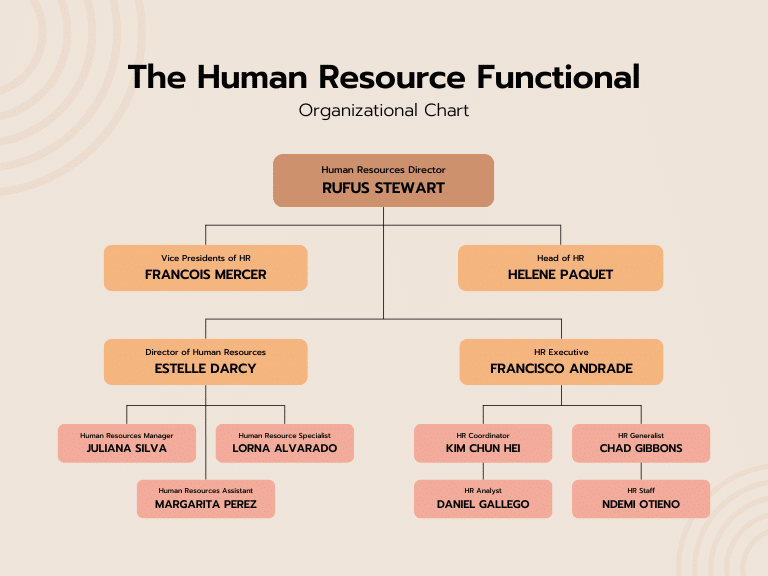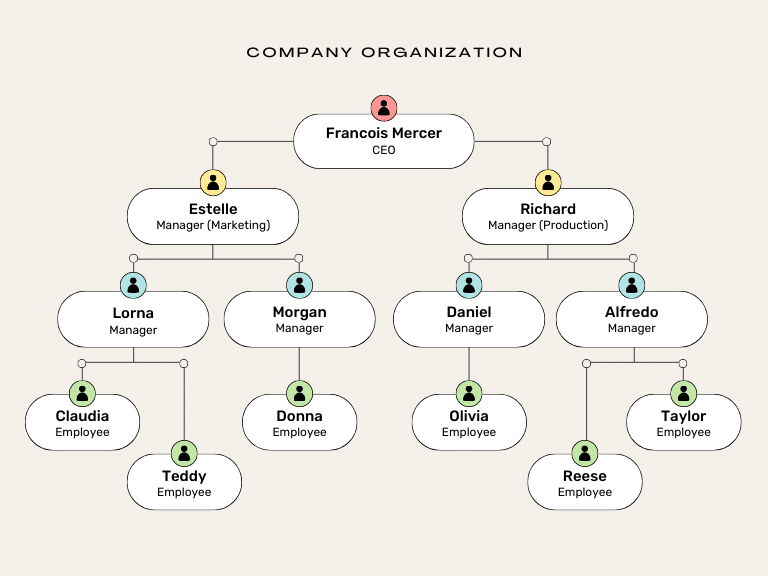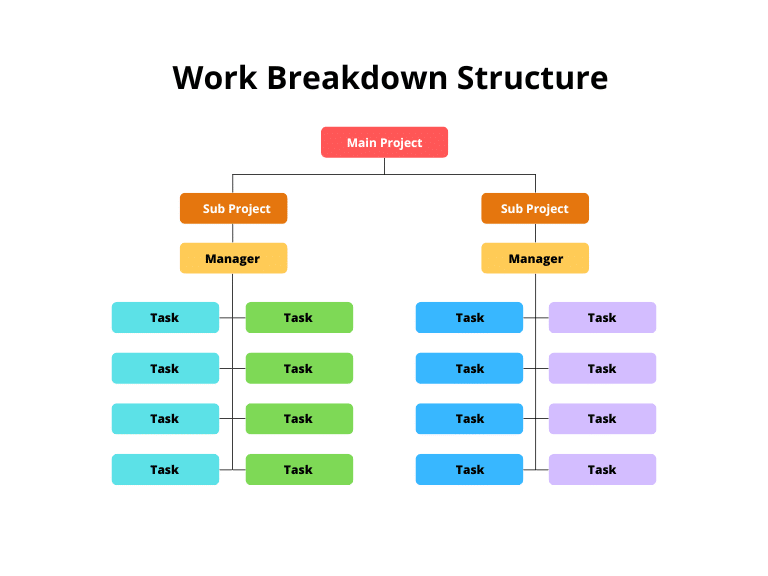Workforce management represents a process that allows businesses to efficiently allocate resources, primarily the workforce.
The goal of workforce management is to increase employee efficiency and oversight. It also streamlines processes and helps foster productive relationships between teams.
If you’re looking to implement or improve your workforce management system, the key is knowing what your goals are and having an idea of how to get there.
We are here to help with both, so let’s begin!
What is Workforce Management?
The workforce management definition outlines a process that ensures an organization has the right people with the right skills and experience to complete certain projects, and it should serve the business objectives in the long run.
The meaning of “workforce management” is basically a combination of HR and IT systems used to manage the entire workforce. The system is capable of carrying out tasks such as scheduling and planning, managing payroll, and dealing with compliance.
Managers use WFM (short for Workforce Management) the most to increase employee productivity at work. With this, all resources can be distributed evenly and at the appropriate time.
Workforce management has become indispensable in almost all industries. Scheduling and planning, forecasting workload, or tracking time is easier than ever, and it benefits both the employer and the employee.
It provides work reports, gives you templates to work with, and lets you keep up with changes in the industry and make room for new things.
The Importance of Workforce Management
As we move forward into 2024, workforce management will continue to evolve. The ability to manage your employees and their performance is a key aspect of every good business strategy, which is why almost all large organizations use some form of it.
Workforce management helps you meet your business goals, keep costs down, and increase efficiency at the same time.
Nowadays, working from home has become commonplace, but it wouldn’t be possible without management tools related to WFM. Being flexible doesn’t mean being irresponsible; costs are lower by having a virtual office, but it would be much harder to achieve all of this without good workforce management.
Key Aspects of Workforce Management
These are absolute musts within workforce management if you want your business to run smoothly. It might be hard to grasp what aspects of workflow management these systems help with and how.
Here’s how:
#1. Forecasting Labor Needs
Forecasting is the capability to anticipate and estimate the future needs of your business. Forecasting involves determining the amount and kind of resources and staff you need for a specific process.
For example, if you are selling a certain product or service, it takes into account the time of year to calculate when the peak season will come or how much the demand will increase during holidays, so you can allocate the resources to meet that demand.
#2. Creating Staff Schedules
Scheduling is one of the key components of WFM. It enables businesses to factor in operational factors such as vacations and sick leave.
Doing every single task manually is a thing of the past, and this makes room for more important things for a business. Scheduling is crucial for distributing work and not overloading one person when others have time to spare.
Workforce management often uses data timesheets and data analysis to eliminate redundant tasks. The end goal is to make any management operation less difficult.
This can decrease waiting time if you’re a service-based company, such as a call center, as customer service can run smoothly, leaving customers more satisfied.
#3. Tracking Time & Attendance
Workforce management can help you with time tracking and analyzing the attendance patterns of employees. By managing the typical amount of time it takes to complete a certain task, businesses can increase both capacity and efficiency.
Using workflow management tools to track time and attendance can help with handling sick leaves, repremanding irresponsible employees, and so on. WFM provides enough data about what is going on at any given moment.
#4. Evaluating Performance
For a business to be successful, the finance and HR teams must work together. Employee level is the main source of revenue and expenses, and it has to be evaluated constantly.
HR may use this information to manage resources and acquire the best talent by collaborating with the finance department. They can see how the staff benefits the business and evaluate who brings the best results. This way, even when an employee retires or decides to switch jobs, the company’s performance does not falter.
#5. Monitoring Compliance
By sticking to industry norms and legislation, employers can avoid penalties and legal action. Workforce management plays an important role here since it enables compliance monitoring.
This is one of the most challenging and potentially expensive aspects of WFM, primarily because of the potential fines and lawsuits employees can cause.
#6. Evaluating Employee Performance
Businesses may want to closely monitor employee engagement levels. Thanks to workflow management, employers can recognize employees who work hard to deliver quality work. Employers will easily see the consistency in performance and effort.
Through workflow management, you can better understand how each person functions. You can track the time workers spend on calls, redundancy, and overall employee performance.
#7. Tracking Absence & Overtime
Tracking absences is important so businesses can keep track of time-off requests and leaves. WFM tools can be used to approve or deny any request automatically and process it accordingly.
With WFM, you can track paid time off, sick leaves, and overtime as these tools analyze data using automation.
Companies need to keep track of whether specific tasks are hard for certain employees, causing them to work overtime, and if they need any help or if you need to delegate them further. A good employee shouldn’t go into overdrive to keep up, as that is not sustainable both for the employee and the company.
#8. Supporting Payroll & Benefits
WFM eliminates the need for manual payroll, which benefits management in the long run. You can go over payroll procedures faster as they are easier to deal with, and reports are technically ready thanks to automation.
The payout process isn’t complicated because of the instant payment option. This is possible thanks to audit-ready reports you can tailor to your company’s policies. It’s quick and easy, and everything can be addressed throughout the workflow management system.
Benefits of Workforce Management
Let’s go over some of the unique benefits of workforce management:
- Productivity. Automating repetitive tasks leaves more room for focusing on the main thing. Employees won’t waste their time, while managers can see what’s working and what should be improved.
- Collaboration. Good workforce management software will give you lots of options to share your ideas with others. It can be company-wide, or within a project you’re working on with a completely different team. You don’t have to worry about files getting lost—everything will stay sorted within the software.
- Cost Savings. Instead of delegating tasks to multiple people and waiting for their feedback, automation does it for you, but better. Everything is on schedule, reports are reliable. Workforce management software collects data and gives you better insights into company operations.
- Accuracy. Taking customer service as an example, if you’re doing repetitive tasks constantly, you are more prone to mistakes. Thanks to this technology, mundane tasks are automated and processed much faster.
- Improved Customer Service. With automation, customer service runs smoothly and leads to more satisfied clients. While it doesn’t mean every worry disappears, it makes lots of things easier for employees and motivates them to perform better.
Conclusion
Your company will save lots of time and money by investing in good workforce management software. Automation allows you to manage complicated tasks, prioritize the most important ones, and stop paying people to do this for you.
You can focus on strategic things that are most consequential to the business in the long run. Be it creative endeavors, helping others, or managing a team properly, whatever the case, make sure you focus on your “why” and make sure you experiment with workforce management before you start implementing it fully.
Workforce Management FAQ
#1. Is workforce management part of HR?
By definition, HR management processes are part of workforce management. Workforce management software usually has built-in HR tools. They help everyone do their tasks more efficiently and carry out important decisions with ease.
#2. What does a workforce manager do?
The workforce managers provide resource management services. This includes any data or analytics that can help the company decide whether it’s staffed properly. Workforce managers are there to decide if the staff needs more manpower, and in some cases, they will step in and help others.
#3. What are workforce management tools?
Workforce management tools are software solutions designed to help with time tracking, scheduling, absence management, and many other things needed for your business to run smoothly.
#4. Who should use workforce management?
Customer support companies and departments, as well as any service-based businesses, greatly benefit from workforce management software. Since they’re in contact with clients every day, automation of some processes helps the business run faster and smoother.








